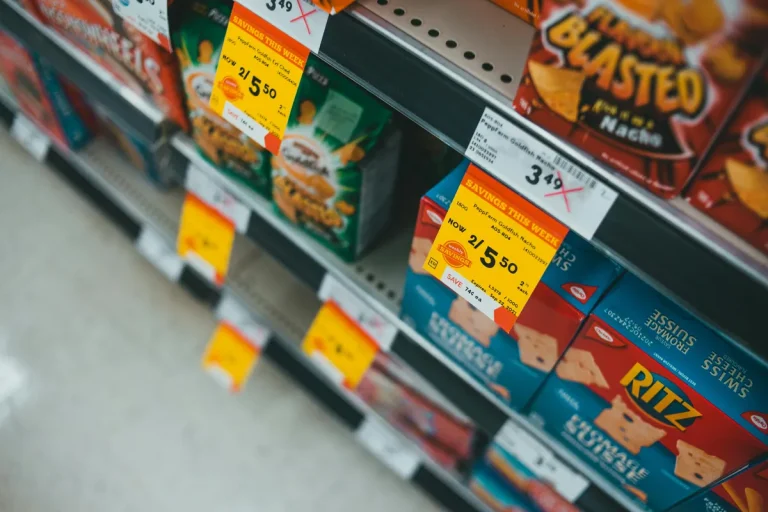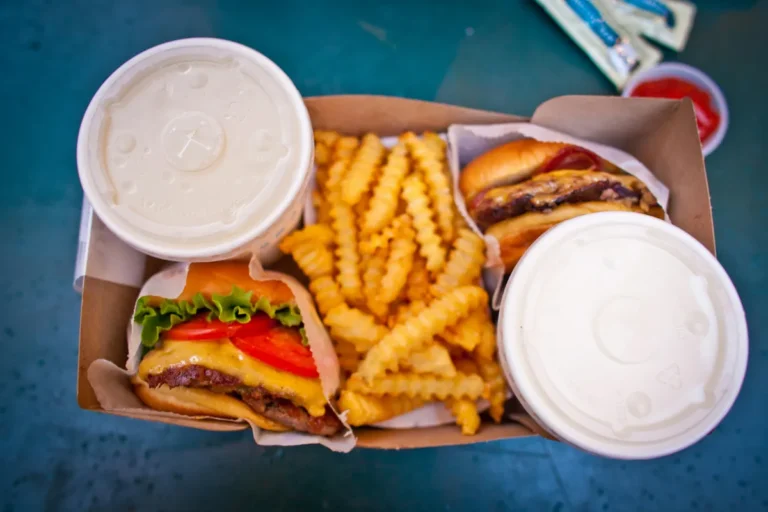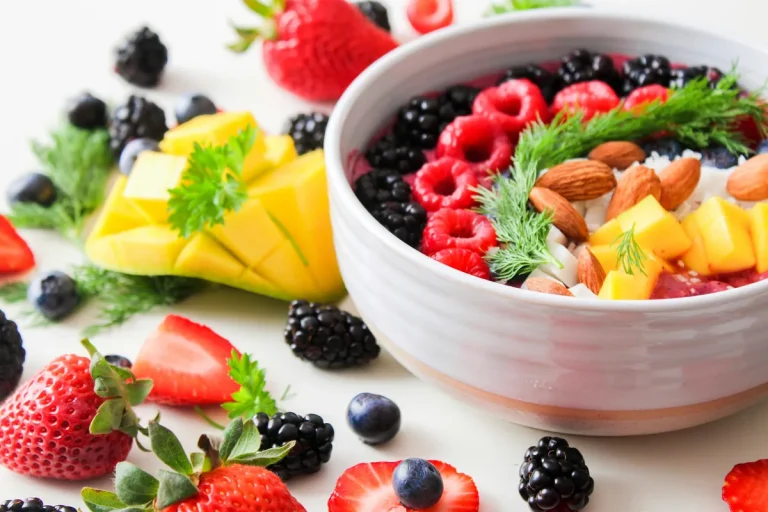Freezer meal prep is the ultimate time-saver for busy training weeks. Whether you’re juggling workouts, work, or recovery, having ready-to-go meals in your freezer means less stress and more consistency. But not all meals freeze well and reheating can sometimes lead to soggy textures or bland flavours. The secret lies in choosing the right recipes, storing them properly, and knowing how to reheat for freshness.
Here’s how to prep freezer meals that stay delicious and nutrient-packed, even weeks later.
Why Freezer Meal Prep Works for Active Lifestyles
Freezer meals offer a reliable way to stay on track with nutrition goals, especially when your schedule gets hectic. Athletes and fitness enthusiasts benefit from having balanced meals ready to go—no last-minute cooking, no skipped meals.
Benefits include:
- Reduced cooking time during busy weeks
- Consistent access to high-quality fuel
- Lower food waste and grocery costs
- Easier portion control and macro tracking
- Less temptation to order takeout or rely on processed snacks
Freezer meal prep also supports recovery by ensuring meals are available when you need them most—post-training, late nights, or early mornings.Your Weekly Wellness Boost
Best Types of Meals to Freeze (And What to Avoid)
Not every dish is freezer-friendly. The best meals for freezing are those with sturdy textures and balanced moisture levels.
Great freezer-friendly options:
- Stews and chilis (e.g. turkey chili, lentil stew)
- Casseroles (e.g. chicken and rice bake, veggie lasagna)
- Curries and stir-fries with grains
- Protein-packed soups (e.g. minestrone, bean soup)
- Breakfast burritos or egg muffins
- Shredded meats (e.g. pulled chicken, beef, or pork)
Avoid freezing:
- Cream-based sauces (may separate)
- Leafy greens (can become mushy)
- Fried foods (lose crispness)
- Raw potatoes (texture changes)
Use airtight containers or vacuum sealed bags to prevent freezer burn and preserve flavour. Label meals with the date and contents for easy tracking.
Time Saving Prep and Storage Tips
Freezer meal prep doesn’t have to take all day. With a few smart strategies, you can prep multiple meals in under two hours.
Prep tips:
- Cook double batches of your favourite recipes and freeze half
- Use sheet pans for roasting proteins and vegetables in bulk
- Portion meals into single servings for grab-and-go convenience
- Freeze meals flat in bags to save space and speed up thawing
- Invest in reusable silicone bags or containers for sustainability
Storage tips:
- Cool meals completely before freezing
- Remove excess air from bags to prevent freezer burn
- Stack meals by type (e.g. breakfast, lunch, dinner) for easy access
- Keep a freezer inventory list to avoid forgotten meals
Reheating for Freshness and Flavour
Reheating is where freezer meals either shine or fall flat. To preserve taste and texture, follow these guidelines:
- Thaw overnight in the fridge for even reheating
- Use the oven or stovetop for casseroles and roasted dishes
- Add fresh herbs or citrus after reheating to brighten flavours
- Avoid microwaving from frozen unless the meal is designed for it
- Stir halfway through reheating to distribute heat evenly
For soups and stews, add a splash of broth or water to loosen consistency. For grain based dishes, fluff with a fork and add a drizzle of olive oil or sauce.






